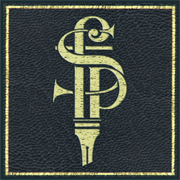The Primrose (Primula veris or vulgaris) is an unassuming flower that suggests yellow in its petals buoyed up by a rosette of green, crinkly leaves, and grows in hedges and woods. There used to be right up to the First World War a Primrose Day in the UK in memory of Benjamin Disareli because this flower was his favourite.
Milton mentions it as ‘The rathe Primrose that forsaken dies,’ and it is of course my mother’s favourite Westcountry flower. She especially loves the ones that had to fight to grow in hedgerows as they had the longest stems and looked much nicer in our vases. It comes out in spring and continues to give flowers here until near Christmas – which makes it one of the most generous plants of all in the western hemisphere.
Of course today they have crossed it with Primula that have many heads and thick stems and a hundred other colours. These are more common in gardens especially the pseudo yellow one which looks like a daffodil it is so yellow. The beauty of the true primrose is it looks yellow next to the green or any other colour but alone its yellow is subtle.
I am not sure gardeners know much about subtlety.
